“I wanted to live deep and suck out all the marrow of life to live so sturdily and spartan-like as to put to rout all that was not life.” H.D.Thoreau
Glass artist Holly Grace produced a range of work for her exhibition Solitude at Beaver Galleries, Canberra. In a hyper-connected world, her work offers a alternative space for offline engagement the natural world. To follow her journey, see this statement and conversation below.
In a society that is increasingly estranged from its own natural environment, the subtle balance of life is thrown awry by our own wants and desires. We head blindly towards an existence devoid of our own unique heritage and spirituality. This is my journey – a path that is both lonely yet fulfilling, towards a refuge hidden by distance and my thoughts. Within these walls built by people past, I sit, listen and look at a transforming vista. In the changing light of day I witness nature’s dawn and dusk, both sublime and transcendental in its beauty. With both wonderment and fear I reflect on what lays before me, illuminated by light, transformed by thought – It is the landscape. In my solitude, I find an understanding of a landscape that both surrounds and lie’s within me.
What experiences have shaped your feeling for landscape?
Growing up in Perth, I had an idyllic childhood. We were always going out on boats to Rottnest Island or alternatively staying at friends’ farms in the country. My father has a great love for nature and he has passed that onto me, with his strong sense of adventure.
As a child, one of the first exhibitions I experienced was the Golden Summers at the Art Gallery of Western Australia. It was a retrospective of the Heidelberg School of painters and Australian Impressionism. I think from then I began to become aware of the uniqueness of the Australian outback and the interaction of light in the landscape.
I travelled to Denmark in 2004 to do a six-month mentorship with Viki Noorman Koefoed at the Bornholm Keramik & Glas Skolen. This impacted on my practice in two ways: one, I had my first camera, and two, the Danish landscape.
The camera allowed me to document my surroundings and to capture the changing colours of the Danish landscape. I began to look more closely at my surroundings a landscape that was so different from what I had grown up with in Perth. In WA, the light is so strong. There are intense blues and golds. In Denmark there is a softness to the light that allows you to see layering of colours in the sky, both beautiful but very different.
Part of the experience was the walking, a journey into an environment and a time for solitude. This sense of passage and experiencing nature, documenting it with the camera and then creating my own personal interpretation is an essential part of my ongoing practice.
- Patons Hut, Jagungal Wilderness, photo: Holly Grace
- Holly Grace, Dargal Trail, H34cm x W34cm x D34cm, glass powder and metal leaf surfaces and sandblasted landscape imagery
- Holly Grace, Gavels Hut – Billy Can I, H19cm x W19cm x D18cm
- Holly Grace, Four Mile Hut – Billy Can I, 2016, H17cm x W15cm x D15cm
- Holly Grace, Four Mile Hut – Billy Can II, 2016, H15cm x W17cm x D14cm
- Holly Grace, Round Mountain Hut – Billy Can, 2016, H17cm x W17cm x D16cm
- Holly Grace, Pockets Hut – Billy Can I, 2016, H23cm x W17cm x D17cm
- Holly Grace, Pockets Hut – Billy Can II, 2016, H20.5cm x W28cm x D18cm
- Holly Grace, Oldfields Hut – Billy Cans i & II, 2016, 2p set, overall dimensions H22cm x L40cm x D18cm
- Holly Grace, Four Mile Hut – Billy Can I, detail
- Holly Grace, Solitude, 2016, H30cm x L36cm x W31cm
- Holly Grace, Round Mountain Hut – Billy Can, detail
- Holly Grace, Gavels Hut, 2016, H19cm x L29cm x W26
- Holly Grace, Gavels Hut – Billy Can I, detail
How did you source the imagery on this body of work?
The images that I use are all from photographs that I have taken that are then transferred onto the glass by a photosensitive sandblast resist. The landscape images I have been making for about the past 11 years, initially based on the Danish landscape. But after moving to Canberra in 2008 for three years it has been more focused on the Australian Alpine region in the Kosciuszko National Park.
The Huts and Billy Cans are more recent developments, as many of my walks has led me to discover these small mountain refuges and I have begun documenting these as part of the landscape. For me, these small shelters represent our human interaction within the landscape and an interesting melding of nature with humanity. This unification of man and nature is but one of many layers, and as I research the huts more thoroughly I discover layers of history, and of philosophy mostly pertaining to early transcendental ideals of writers such as Emerson and Thoreau.
I am particularly drawn to the handmade nature of the huts. Being a maker myself I have a strong connection to objects and structures that have been crafted by the hand, and their unique authenticity.
Where they totally made by you, or did you have some assistance? Can you explain the process of their making
All my artwork is made with handblown glass, which is normally made with a team at the Canberra Glassworks. I work with two gaffers, both of which are very skilled and experienced glassblowers, Tom Rowney for all the larger landscape vessels and Annette Blair for the cylinders to create the huts. I prefer using blown glass compared to sheet glass as I have created my own unique colour palette which is impossible to recreate in bullseye sheet glass, and I also like the irregularities of blown glass that give it an organic and handmade quality that would be lost using sheet glass.
For the huts and the panoramas, we make cylinders in the hotshop, which I then open up in the kiln, to create my own sheets of glass. These are then cut up into smaller hut sections, fire polished and some sections painted with glass paints or silver stain. The pieces are made fairly fast in the hotshop, but the real work happens in the cold-working and kiln forming that transforms them into the final artworks. Each piece goes through a multiple of processes. For example with the huts, you start first with digital image taken on-site in the wilderness, then blow the glass cylinders in the hotshop, photoshop the images, make a model to work out dimensions to scale and that the projection works and expose the image to create the sandblast resist. Then there’s sand blasting the imagery onto the glass sections, coldworking, kiln forming, and firing glass paints and silver stain and then finally assembling the finished components, and then making the powder coated aluminum base with the built in light source, and then you have a hut!
Artist
H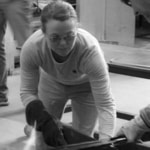 olly Grace is a glass artist living in Melbourne. She has a studio in Arnold St, Cheltenham. Her website is www.hollygrace.com.
olly Grace is a glass artist living in Melbourne. She has a studio in Arnold St, Cheltenham. Her website is www.hollygrace.com.

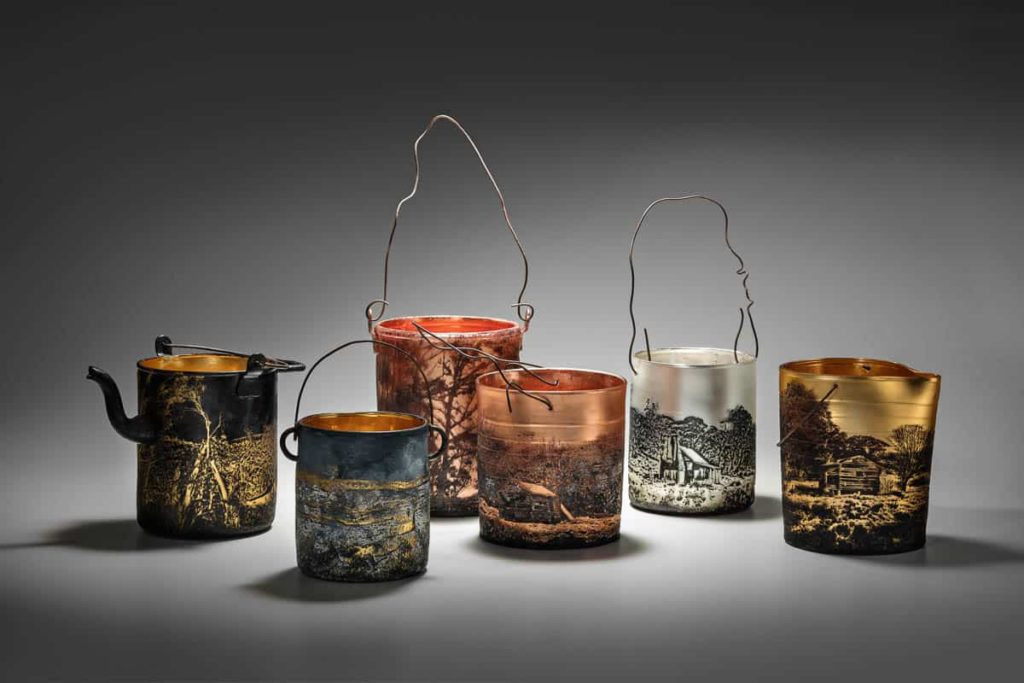
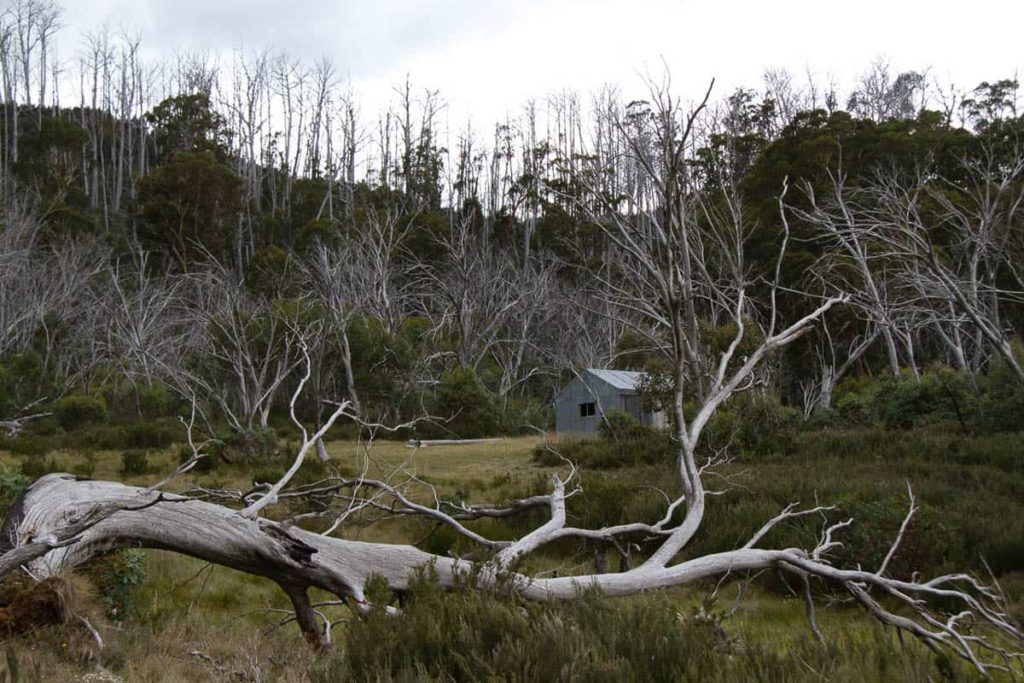




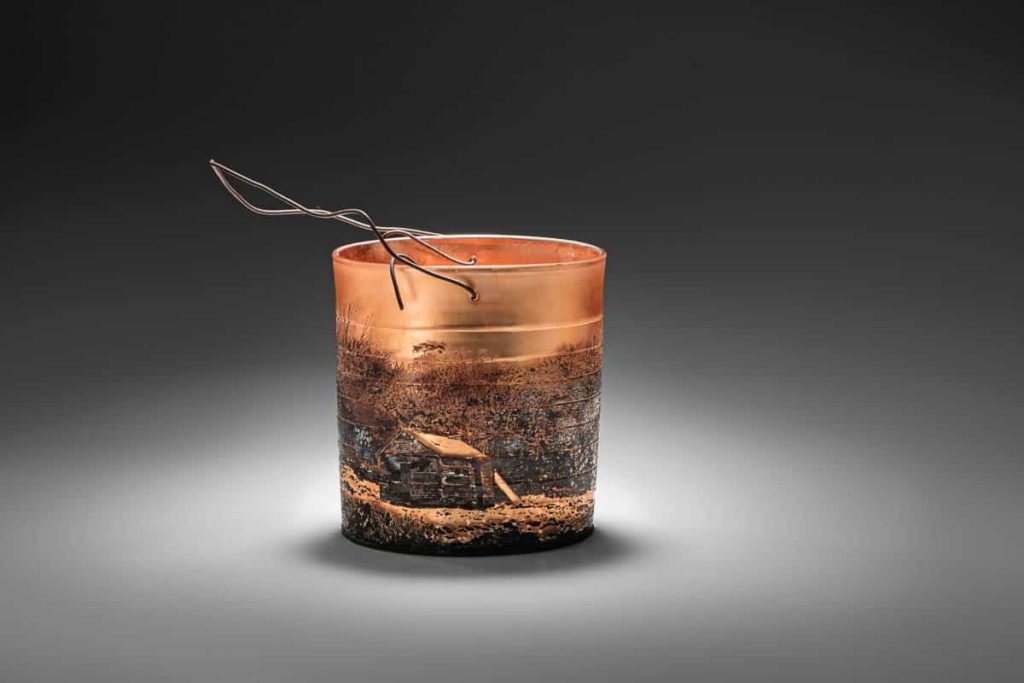



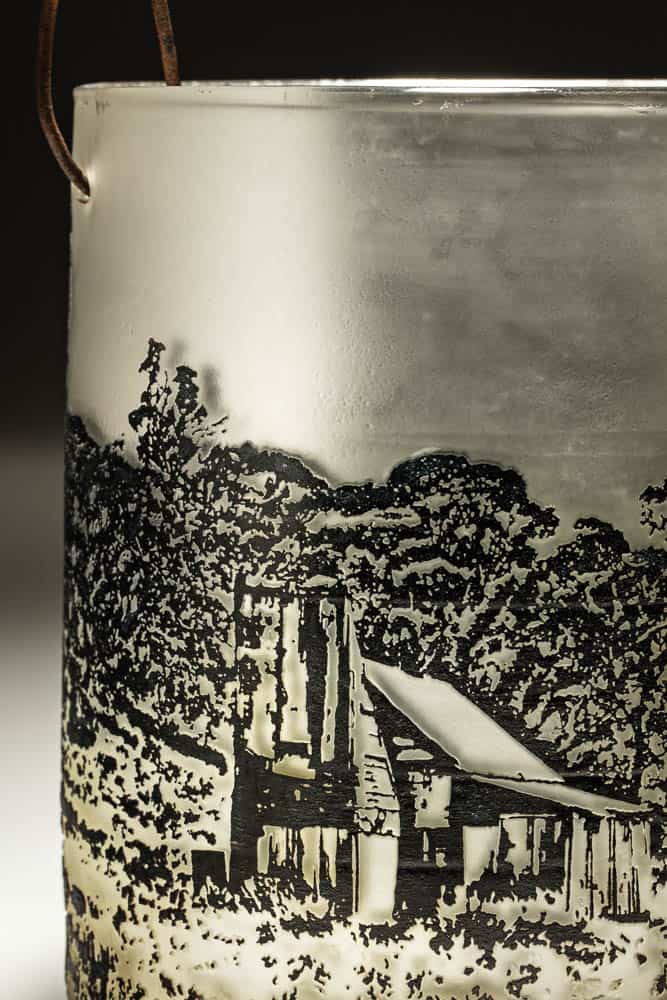


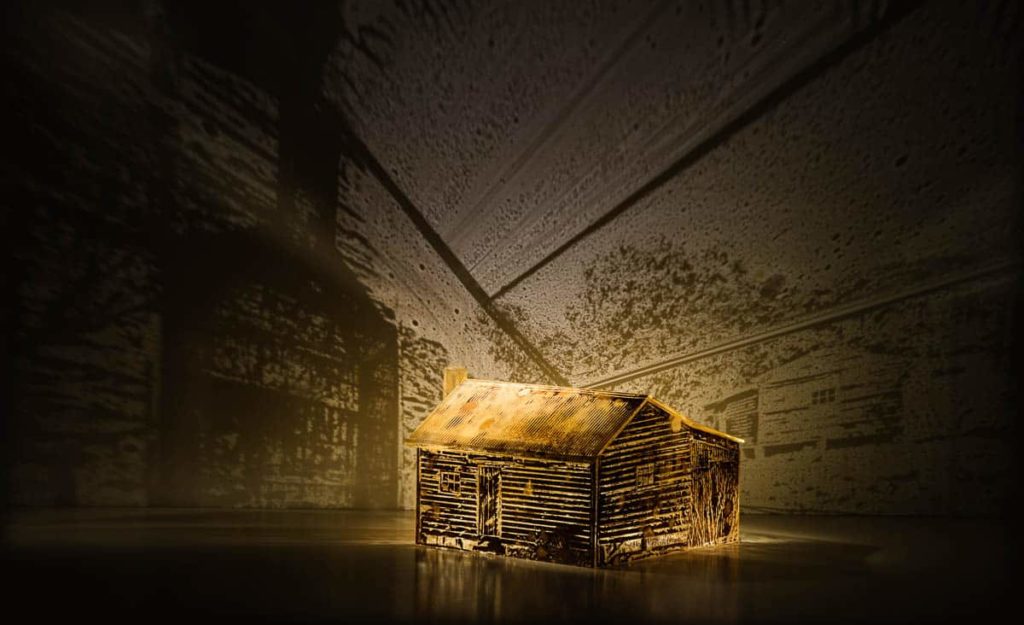
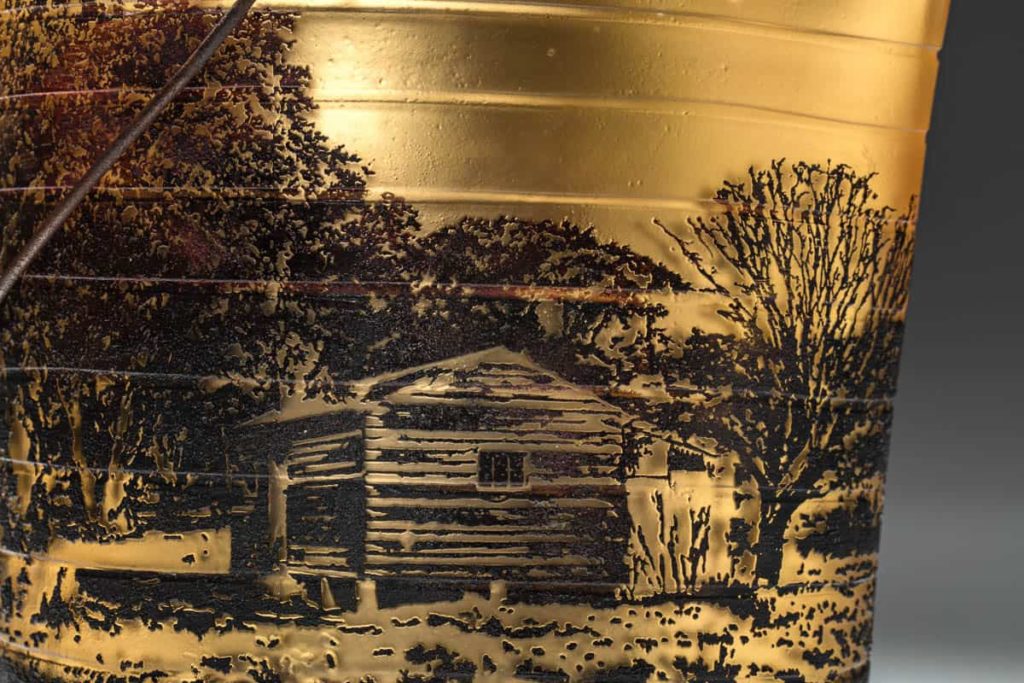

Comments
A very unique and interesting body of work.